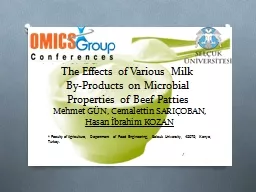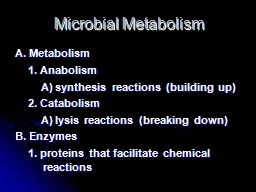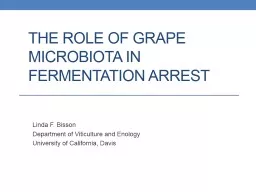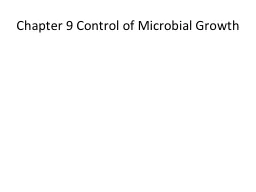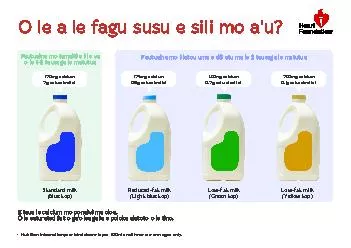PPT-The Effects of Various Milk By-Products on Microbial Proper
Author : kittie-lecroy | Published Date : 2015-11-02
Mehmet GÜN Cemalettin SARIÇOBAN Hasan İbrahim KOZAN Faculty of Agriculture Department of Food Engineering Selcuk University 42079 Konya Turkey 1 Introduction
Presentation Embed Code
Download Presentation
Download Presentation The PPT/PDF document "The Effects of Various Milk By-Products ..." is the property of its rightful owner. Permission is granted to download and print the materials on this website for personal, non-commercial use only, and to display it on your personal computer provided you do not modify the materials and that you retain all copyright notices contained in the materials. By downloading content from our website, you accept the terms of this agreement.
The Effects of Various Milk By-Products on Microbial Proper: Transcript
Download Rules Of Document
"The Effects of Various Milk By-Products on Microbial Proper"The content belongs to its owner. You may download and print it for personal use, without modification, and keep all copyright notices. By downloading, you agree to these terms.
Related Documents

